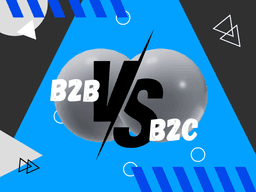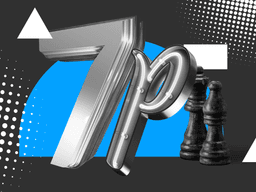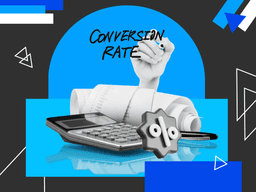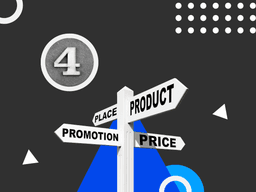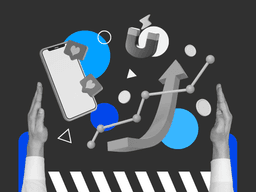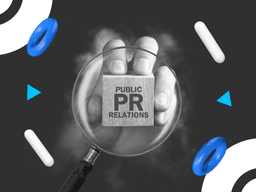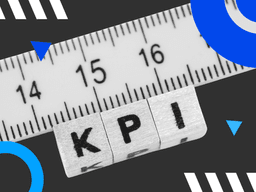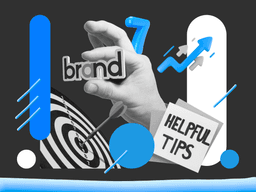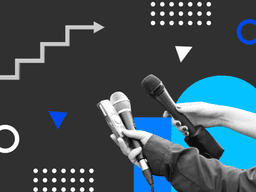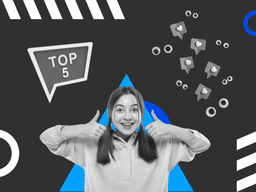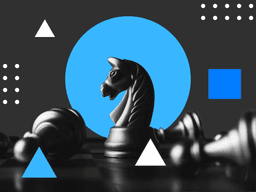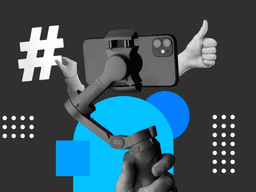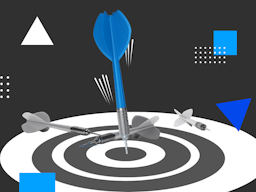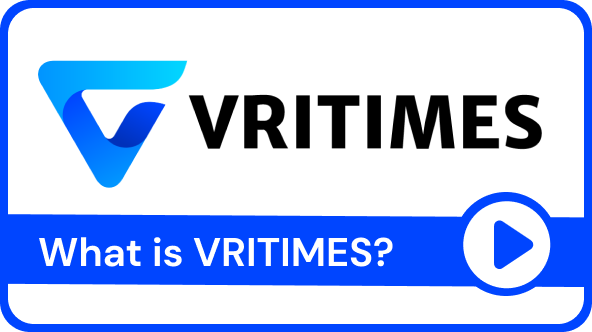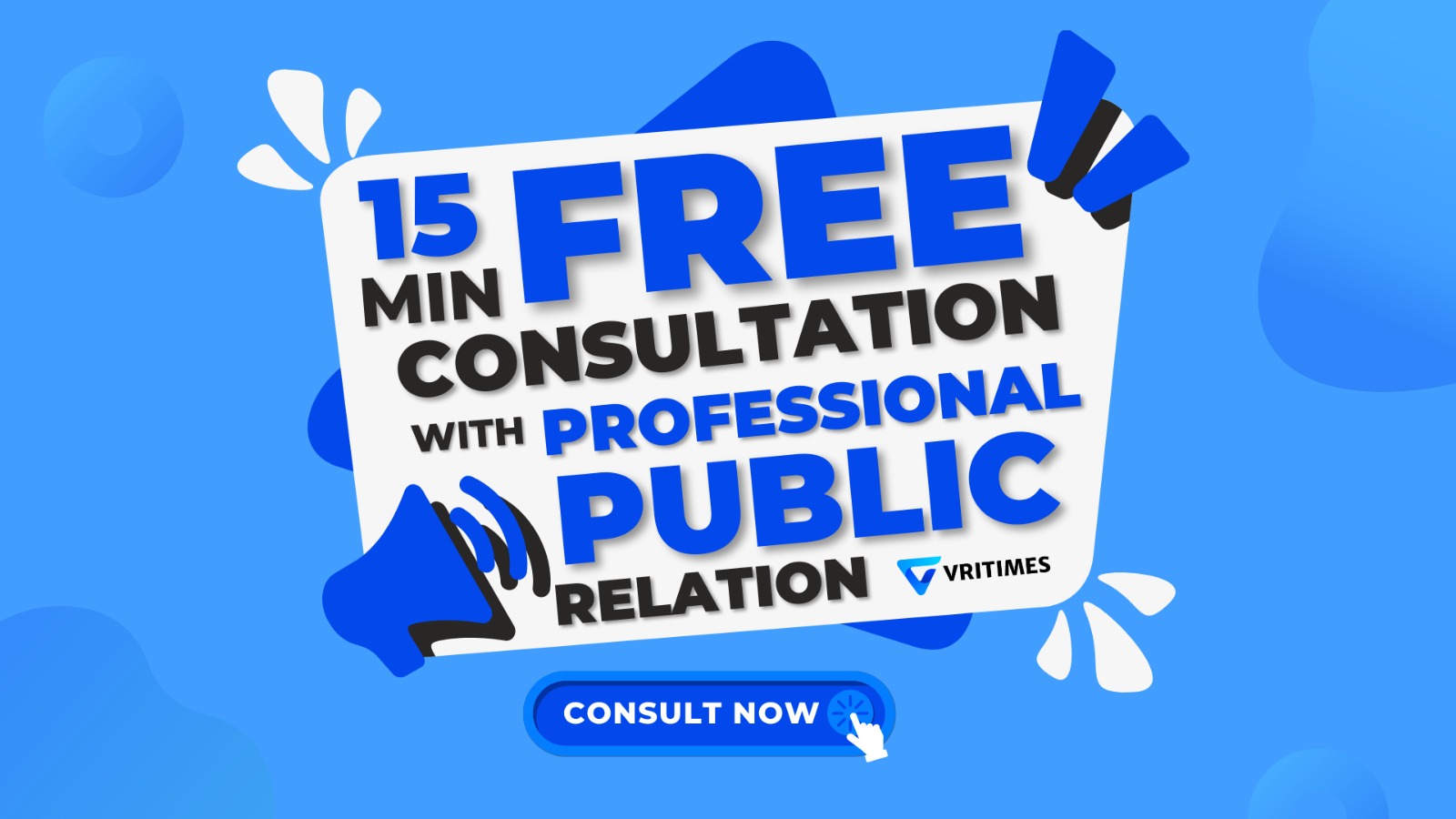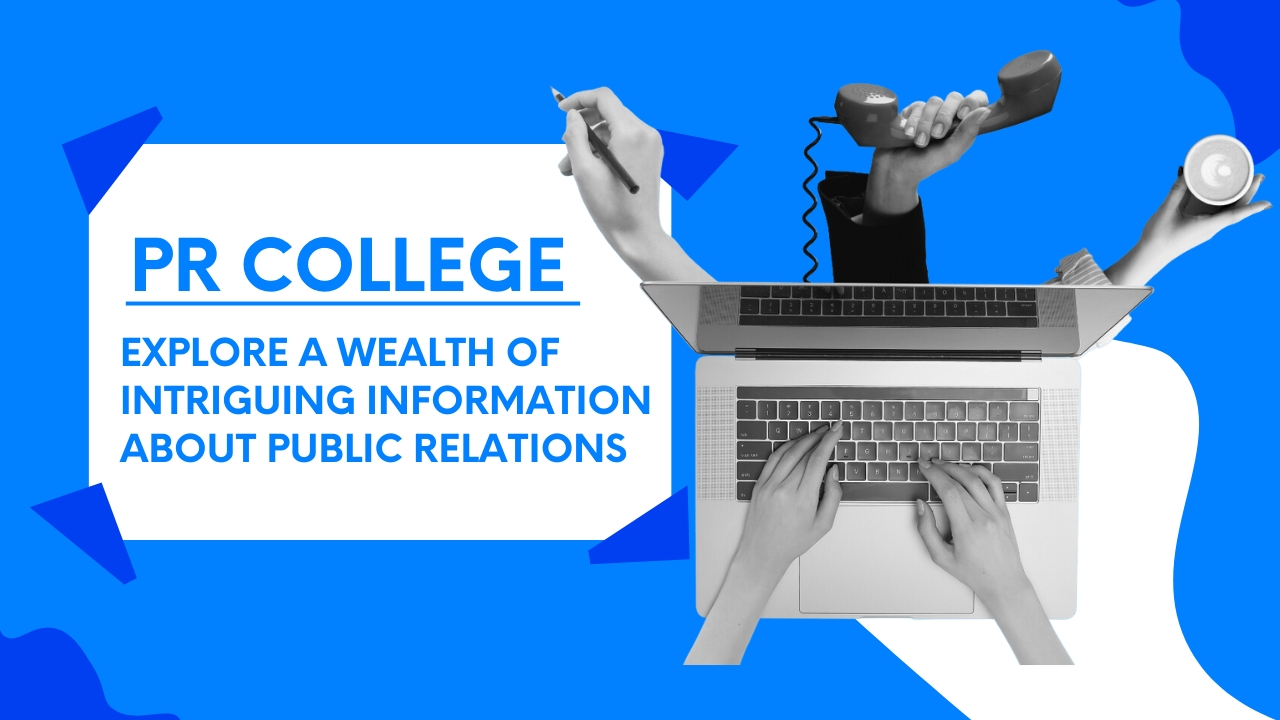/ Digital Marketing: Definition, Type and Framework
Digital Marketing: Definition, Type and Framework
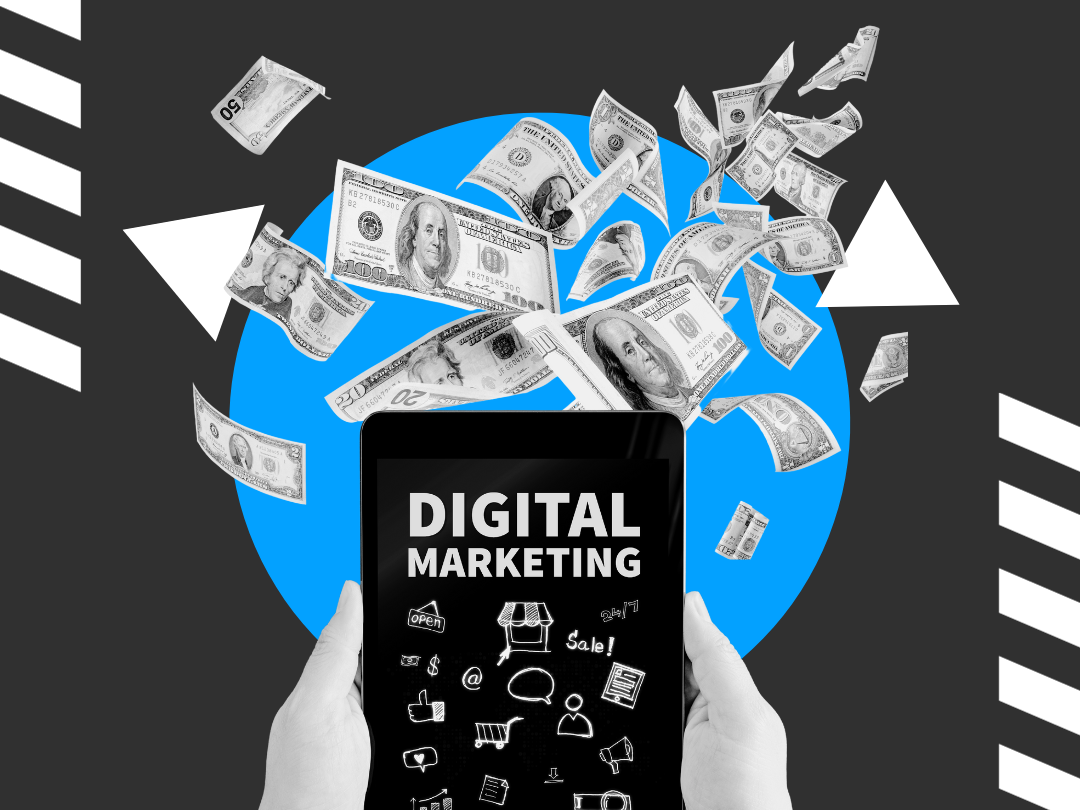
In this digital age, digital marketing has become a vital component in any type of business. It helps marketers define goals, target audiences, and develop the best marketing plan to reach a wider audience.
This has fundamentally changed the way companies communicate, deliver value to potential customers, and maintain good relationships with existing customers. Therefore, it is important to understand which type of digital marketing and framework is best suited for your business.
What is Digital Marketing?
Digital marketing is a marketing strategy that uses digital platforms to provide more value to existing and potential customers. These digital platforms can be social media, search engine, email, online community, video sharing platform and many more. This allows any company to efficiently establish their brand identity and reach a broader yet specific audience.
Dr. Jessica Rogers, Senior Associate Dean of Business Programs at Southern New Hampshire University (SNHU), said that digital marketing requires strong strategic thinking, creativity, the ability to handle a lot of data, and marketing savvy.
Types of Digital Marketing
Digital marketing helps the marketer target and reach a wide audience and also engage with them based on the goal. To build a great strategy and achieve the goal, the marketer needs to choose the best digital marketing type, such as
1. Email Marketing
As one of the most popular types of digital marketing, email marketing allows the marketer to send personalized information and offers to the selected audience and customers. This can be promotions, news about company events, business briefs, etc.
To use this type, the marketer needs to collect customer data based on their journey touch points and classify it to understand their preferences. It is also important to get their permission to add them to your email list.
To engage with them, create and send appealing and engaging emails. Include the urgency and interesting hook in the email subject and interesting design. This must be done to prevent the emails from being immediately deleted.
2. Content Marketing
This type of digital marketing uses storytelling to increase brand awareness and create a great brand image. Great content will engage the audience and compel them to take action, such as: sign up for a newsletter, make a purchase, and request new information.
Content can be placed in blog posts, videos, e-books, podcasts, social media, and more. Keep in mind that this is a long-term strategy. It is best to do your research and create a detailed plan from the beginning.
When creating content, remember to set the brand tone and provide value to customers that can build their trust and interest in the brand. This will eventually turn them into loyal customers.
The more personalized the content, the more likely it is to engage and hold the audience's attention. So tailor your content to your audience's interests and intent to drive engagement and conversions.
3. SEO
A good search engine optimization (SEO) strategy optimizes a website to drive traffic to the site. It ranks pages higher and more frequently in search results.
SEO strategy depends on keywords and page optimization. It is recommended to use long tail keywords (3 or more word phrases) and get backlinks from high authority third party sites to improve page rank in search engines.
Remember to:
Write high quality content with keywords in the headers, title and meta description. Do not do stuffing as this will be marked as spam.
Create a good linking structure to make pages accessible to site crawlers.
Add alt text for images and/or text transcripts for audio and video. This will help with contextual indexing.
4. Pay Per Click (PPC)
PPC is a short-term type of digital marketing that refers to paid advertising and promoted search engine results. Like SEO, it aims to increase search traffic to a business.
The ads can appear at the top and sides of a search results page. Unlike SEO, with PPC you only pay for the results. So every time someone clicks on the ad and lands on the website, you pay for PPC advertising.
The marketer can choose a specific geographic area or the entire world to show the ad based on the marketing goal.
Medium-sized companies usually get results after investing a few hundred dollars, but large companies can spend tens of thousands per month on PPC. The amount depends on the level of competition for the desired keywords.
Digital Marketing Framework
To build a solid digital marketing strategy, the marketer needs a digital marketing framework that defines the marketing flow and process. It also identifies key components and points in the customer journey.
Defining the framework will help the marketing team to specify and implement the 360 strategy without missing a beat. Here are some digital marketing frameworks that can be used:
1. Marketing Funnel
This framework describes the customer's journey from discovering the company's products to the moment of purchase. It is divided into 4 stages:
Awareness: the moment when potential customers find a product or service through SEO, PPC, etc.
Interest: the moment when the customers are mesmerized with the company's marketing type, such as a website.
Consideration: the moment when potential customers start to consider a product or service as their solution.
Action: the loyal customers decide to buy a product or service.
2. Flywheel Model
This digital framework is customer-centric. The flywheel model optimizes the customer journey by eliminating the unnecessary buying process, such as inconsistent brand messaging. There are 3 steps to building this framework:
Attractive: Attract potential and existing customers through organic and inorganic strategies.
Engage: Engage customers to increase their awareness of the product or service.
Delight: Provide customers with a delightful experience that fulfills their needs.
3. RACE Planning
RACE stands for Reach, Act, Convert and Engage. This framework focuses on revenue growth. This is the RACE phase:
Reach: Build brand awareness and visibility by generating website traffic, backlinks, social media interaction, and more.
Act: Persuade the audience to take a specific action on the website or social media. Use bounce rate as the main metric.
Convert: convert the excited audience into customers who often buy the products or services. Use conversion rate, number of leads and revenue growth as the main metrics.
Engagement: Develop authentic relationships with customers to increase retention. Use customer churn rate and repeat customer rate as performance measures.
4. Forrester's 5 Is
The last is Forrester's 5 Is, which focuses on customer involvement, interaction, intimacy, and influence with the brand. Here is the explanation:
Involvement: Engaging customers with the brand. This can be measured through website statistics such as page views, traffic, and average time spent on a page.
Interaction: This includes customer activity with the brand or products, such as buying, signing up for newsletters, and sharing photos. This can be measured by sales statistics and newsletter distribution.
Intimacy: It reveals the feelings and emotions behind the actions customers take with the brand, such as: product reviews and testimonials. This can be measured qualitatively.
Influence: This refers to the likelihood that customers and stakeholders outside the company will recommend the product or service to others. This can be measured through share rates, online mentions and referrals.
Individual: This means building good and deep relationships with each customer to gain their loyalty.
Bottom line
Digital marketing is a must in business today. Since almost everything needs to be done digitally, every business needs to implement the best digital marketing type and framework based on its goals and capabilities.

